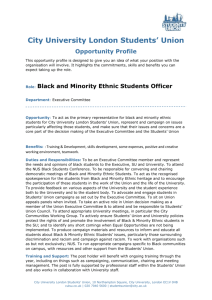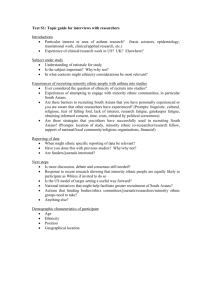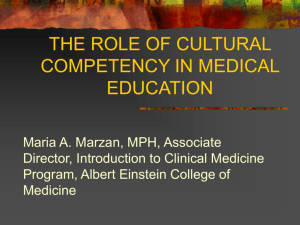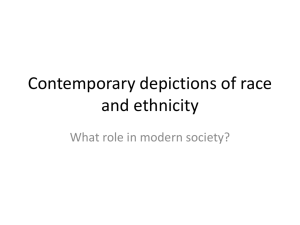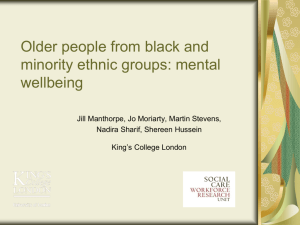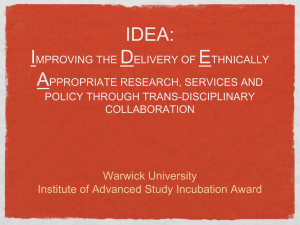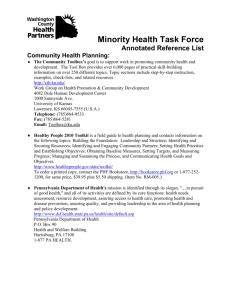Community Profile
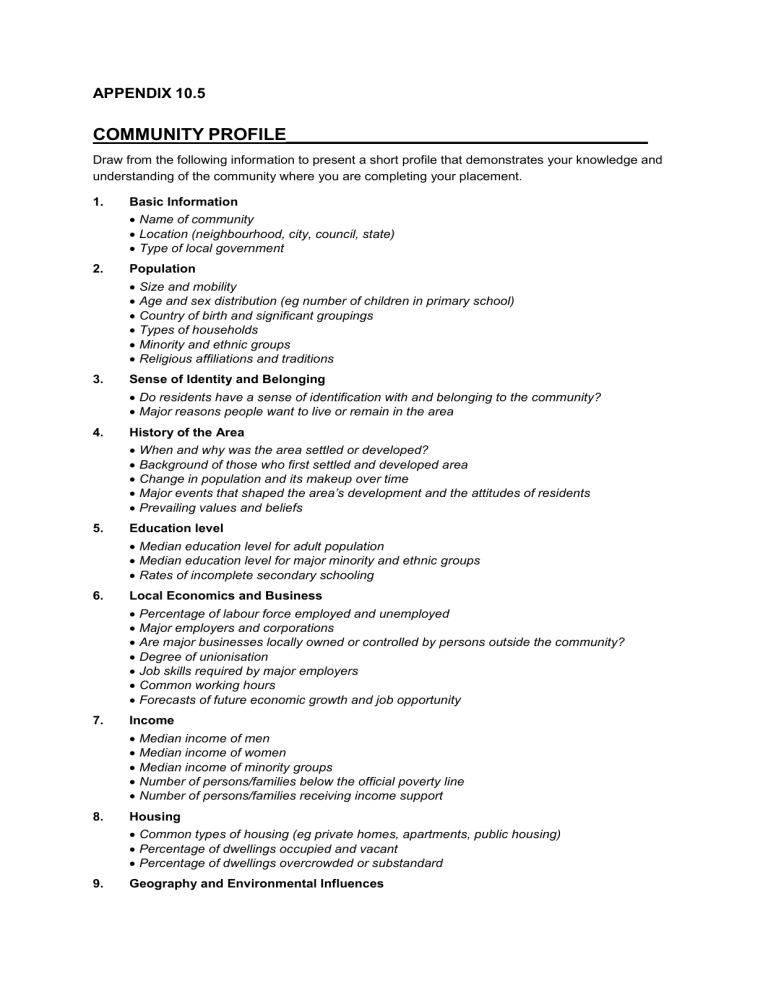
APPENDIX 10.5
COMMUNITY PROFILE____________________________________
Draw from the following information to present a short profile that demonstrates your knowledge and understanding of the community where you are completing your placement.
1. Basic Information
Name of community
Location (neighbourhood, city, council, state)
Type of local government
2. Population
Size and mobility
Age and sex distribution (eg number of children in primary school)
Country of birth and significant groupings
Types of households
Minority and ethnic groups
Religious affiliations and traditions
3. Sense of Identity and Belonging
Do residents have a sense of identification with and belonging to the community?
Major reasons people want to live or remain in the area
4. History of the Area
When and why was the area settled or developed?
Background of those who first settled and developed area
Change in population and its makeup over time
Major events that shaped the area’s development and the attitudes of residents
Prevailing values and beliefs
5. Education level
Median education level for adult population
Median education level for major minority and ethnic groups
Rates of incomplete secondary schooling
6. Local Economics and Business
Percentage of labour force employed and unemployed
Major employers and corporations
Are major businesses locally owned or controlled by persons outside the community?
Degree of unionisation
Job skills required by major employers
Common working hours
Forecasts of future economic growth and job opportunity
7. Income
Median income of men
Median income of women
Median income of minority groups
Number of persons/families below the official poverty line
Number of persons/families receiving income support
8. Housing
Common types of housing (eg private homes, apartments, public housing)
Percentage of dwellings occupied and vacant
Percentage of dwellings overcrowded or substandard
9. Geography and Environmental Influences
Effect of climate and other physical landforms on transportation patterns, economic development and population distribution
Effect of highways, railroads, truck routes and other human made barriers on neighbourhoods, social interaction and service delivery
Effect of environmental factors on current and future developments (eg water supply, pollution, sewage treatment, sources of electricity and energy, distance from the markets)
10. Information Sources
Sources to which various segments of community look for information
TV and radio stations in the community
Leaders and spokespersons for various segments of community, including minority and ethnic groups
11. Public Safety and Justice system
Adequacy of police and fire protection
Attitudes toward police and courts
Responsiveness to concerns of minority groups
12. Educational Facilities and Programs
Types of schools in the area (eg public, private)
Do schools have bilingual programs?
Do schools have specialist programs for children with a disability?
Are schools sensitive to problems and strengths or persons from minority and ethnic groups?
Are minority and ethnic groups adequately represented on school staffs, school boards etc?
What tertiary and vocational and job-training programs are available?
13. Local Politics
Form and structure of local government
Relative power of political parties
Voter participation
Current issues and controversy
Types of taxes used to generate public funds
14. Health and Welfare Service system
Major provider of health services (eg hospitals, public health facilities, private clinics)
Major providers of social services and their primary sources of funding
Self help and informal helping networks
Comprehensiveness and coordination of services
Availability, accessibility and flexibility of services
Are providers sensitive to special needs or concerns of minority and ethnic groups?
Are staff members bilingual?
15. Major problems and concerns of the community.
What are the major social problems (eg inadequate housing, inadequate public transportation, unemployment, substance use, poverty?)
What efforts are currently addressing these concerns?
Whare are the major gaps among existing social, health care and educational services?
Reference:
Sheafor, B & Sheafor, C & Horejsi, G. (1994) Techniques and Guidelines for Social Work Practice, 3 rd
Edition, Boston: Allyn & Bacon.




